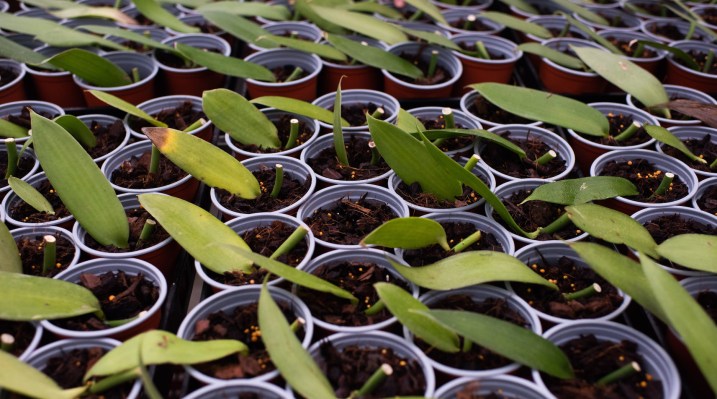Vanilla is indeed “the world’s most popular flavor.” However, despite its popularity, its production is so complex that many people aren’t often getting the real thing, but a synthetic version of the flavoring.
About 70% of the vanilla we consume is grown in Madagascar, and if you saw the weather news lately, the area was hit by not one, but two cyclones in the past 10 days. This isn’t just a “now” problem, but storms and poor growing conditions have plagued the area for nearly 20 years and caused vanilla prices to go from $25 per kilogram to hundreds of dollars per kilo.
That growing climate change, inconsistent supply of natural vanilla beans and labor-intensive practices for growing vanilla are some of the reasons that 95% of the vanilla we consume is synthetic, according to Oren Zilberman, CEO of Vanilla Vida.
Israeli-based Vanilla Vida is among a handful of companies trying to replicate vanilla using innovative approaches. For example, Spero Renewables, which developed a process for extracting an acid in corn fiber to make vanilla, and Pigmentum, which is working on a way to produce the taste and smell of vanilla in lettuce.
In Vanilla Vida’s case, it is taking the more direct farming approach — Zilberman’s roots are in farming — by developing vertical integration and supply chain technologies so natural vanilla can be grown in a controlled environment.
The company started in 2019 with an idea stemming from a failed research experiment on vanilla growth done in The Netherlands. Vanilla Vida took the aspects of the research that did work and expanded it into new places for growing and processing, basically to disrupt the entire supply chain.
“The thing that pushed us forward more than in the past, was to reach the important milestone of giving value to the customer — quality of the product,” Zilberman told TechCrunch.
Since officially launching the company in 2020 at The Kitchen, the Strauss accelerator in Israel, the team has been focused on engagement and connected with customers, which Zilberman called “initial scale.”
“The good news is we have more demand than capabilities, but scale is the most challenging part and that is where we are at right now,” he added.
The goal is to provide end-to-end quantity, quality and cost stability for the vanilla supply chain through advanced growing methods for the beans via smart farms and in climate-controlled greenhouses.
To aid in the scaling, Vanilla Vida raised $11.5 million in a Series A round, led by Ordway Selections, with participation from FoodSparks, Newtrition by PeakBridge Partners and Kibbutz Ma’agan Michael.
The latest round gives the company about $15 million in total funding to date. Zilberman said investors were so excited about the technology that he had the opportunity to raise double that amount, but he decided to take it slow and choose strategic investors that would help his company grow the right way.
Meanwhile, the company was engaged in a pilot program in 2021 with more than 20 companies.
“At the beginning, almost no potential customer knew who Vanilla Vida was, and now that they have seen the quality of the product, we are getting results from them that say they didn’t see such a high quality product until today,” Zilberman said.
The customers are asking for volume the company can’t support yet, but he said the new capital will enable the company to push deeper into its R&D and technology while also making a bigger barrier of entry for competitors that Zilberman says are coming soon.
The capital will also be used for its laboratory facilities, starting in Israel and then expanding to the United States and Europe, hiring and engaging with its customers that he says are some of the largest food manufacturers and flavor houses.
Vanilla Vida is still a new player working with a new technology, but Zilberman expects the company will be able to increase its volume in 2023 with visible change to the vanilla supply chain starting in 2024 or 2025.
“There will be two big initial movements at the same time, building facilities and continuing our work with existing farmers in countries where they grow vanilla, like Uganda and Papua New Guinea,” he added.
